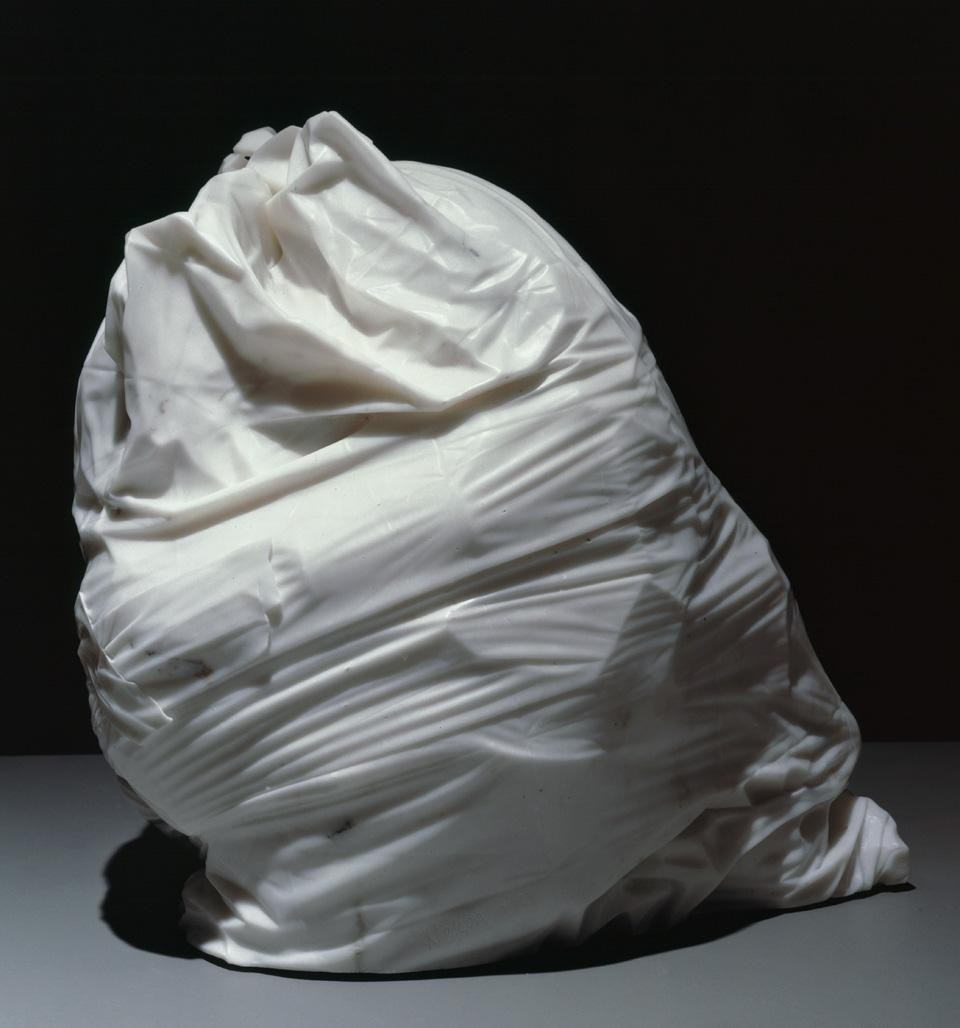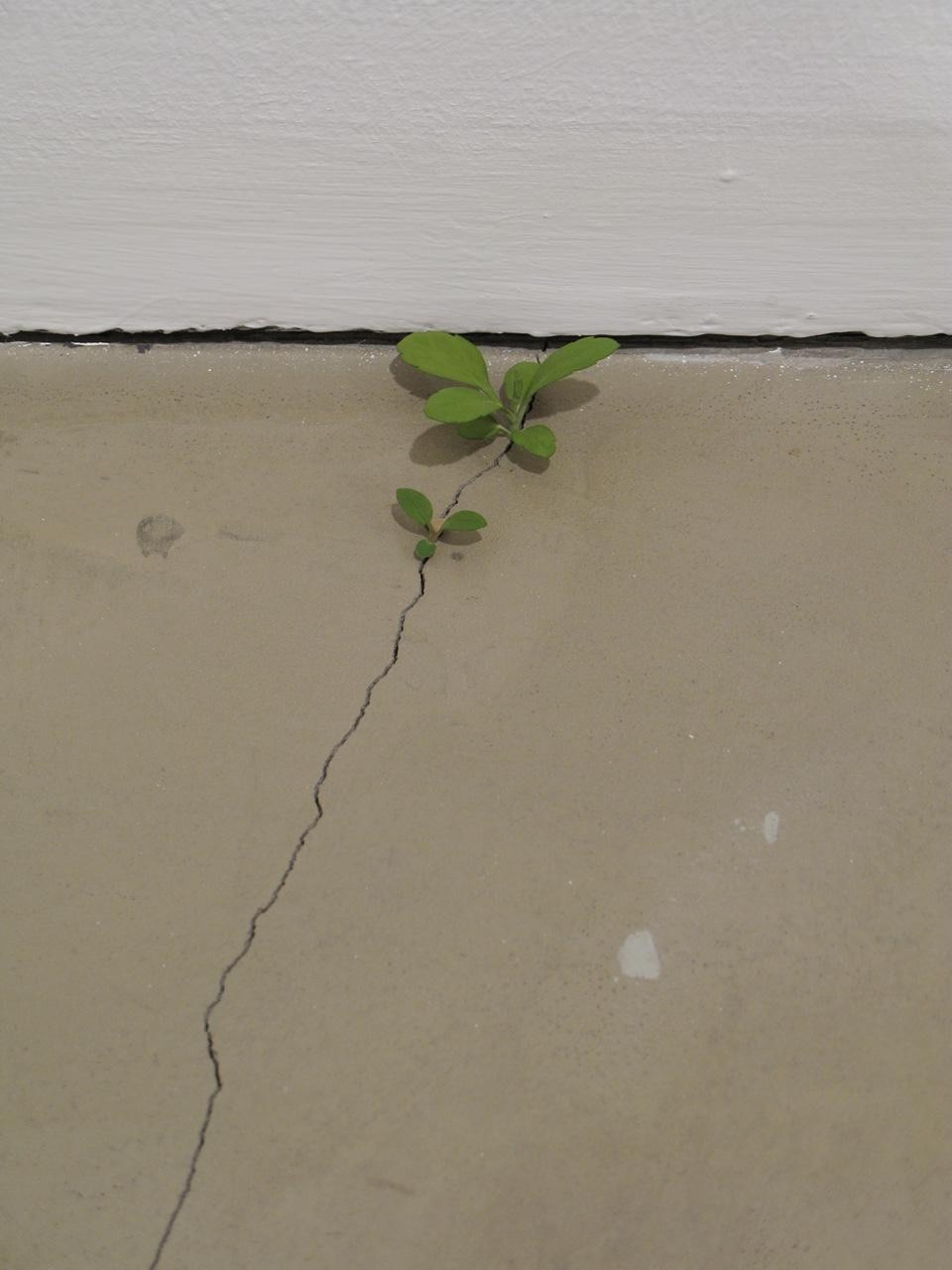It is precisely the humanity present in the exhibition works—which range in media from drawing, painting and photography, to sculpture, video and three-dimensional environments—that imbues them with their subtle magnetism. This is only enhanced by the masterful curation of Siri Engberg, who has incorporated 90 works by over 50 artists into beautifully conceived rooms that effectively frame the work into five conceptual sections: Common Objects, The Uncanny, Realism into Abstraction, Handmade Sleight of Hand and Special Effects: The Real as Spectacle. With Common Objects as the departure point, a historical framework is laid in the 1960s and 1970s by the likes of Vija Celmins, Robert Bechtle, Duane Hanson and Chuck Close. These artists—while interested in the process of production and in the planar qualities of the world around them—stand out for their celebration of the plainer qualities; the in-between moments, the unremarkable, the everyday object that, through attention, is rendered at once beguiling and beautiful.

"What can anyone give you greater than now," ponders William Stafford, "starting here, right in this room, when you turn around?" Kimberlie Birks (@kimbirks)
Running countercurrent to the increasing speed and ease of contemporary material production, the show reveals that many artists are intentionally slowing and complicating their own working methods
Walker Art Center
Minneapolis
Through 27 May 2012


